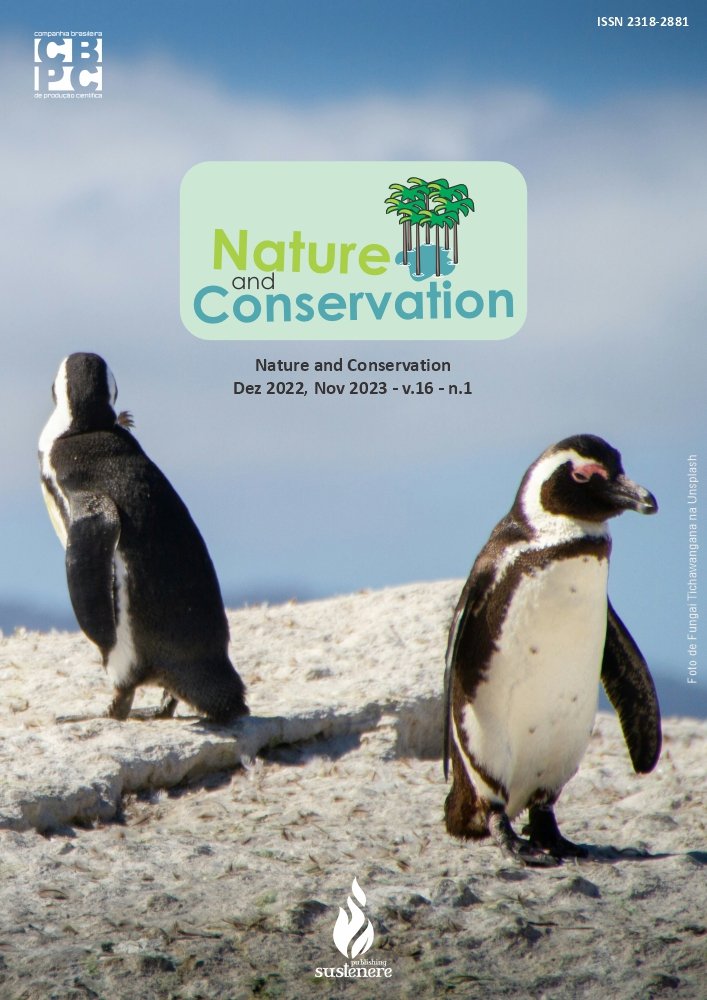Incorporation of glass beer bottles waste in concrete blocks
DOI:
https://doi.org/10.6008/CBPC2179-6858.2022.003.0007Keywords:
Sand, Beverage bottles, Compressive strength, ReuseAbstract
Changes in the population's consumption habits have contributed to the increase in the generation of glass waste (VR), especially "long neck" glass bottles. Due to the high cost of reusing these bottles in the manufacturing process, the incorporation of this waste in the most different materials has been studied. Thus, the replacement of natural aggregates in concrete mixes by VR can be a technically and ecologically viable alternative. With this, in order to offer an alternative destination for these "long neck" type bottles, this work incorporated the mixture of dry concrete for blocks in the proportions of 10, 20 and 30% of RV in place of sand and evaluated the compressive strength and water absorption in 7 and 28 days. With the results obtained, it can be stated that the incorporation of VR provided resistance gain with additions of up to 30% of VR. In addition, all concrete blocks with the addition of waste glass had lower water absorption values than the mix without addition.
Downloads
Published
Issue
Section
License
Copyright (c) 2022 Ibero-American Journal of Environmental Sciences

This work is licensed under a Creative Commons Attribution-NonCommercial-NoDerivatives 4.0 International License.
The CBPC - Companhia Brasileira de Produção Científica (Brazil CNPJ: 11.221.422/0001-03) the material rights of the published works. The rights relate to the publication of the work anywhere in the world, including rights to renewals, expansions and dissemination of the contribution, as well as other subsidiary rights. All electronically published works may subsequently be published in printed collections under the coordination of this company and / or its partners. The authors preserve the copyright, but are not allowed to publish the contribution in another medium, printed or digital, in Portuguese or in translation.









